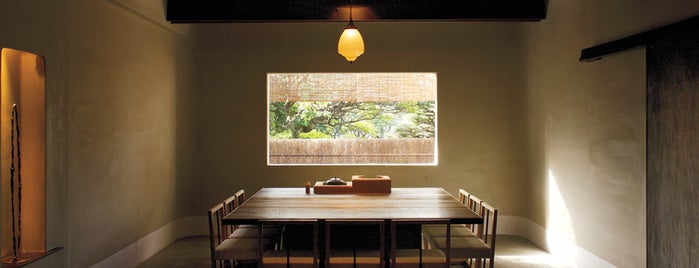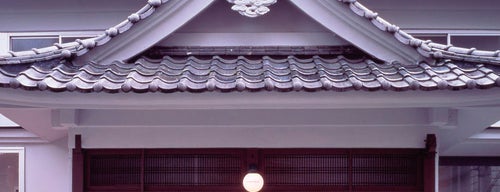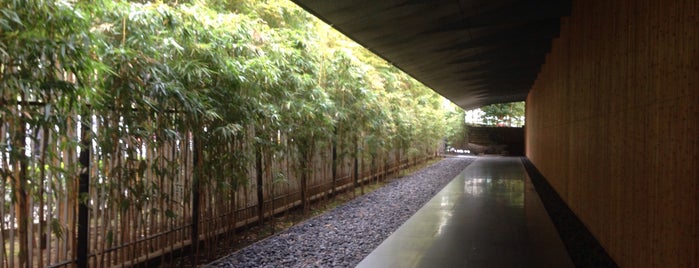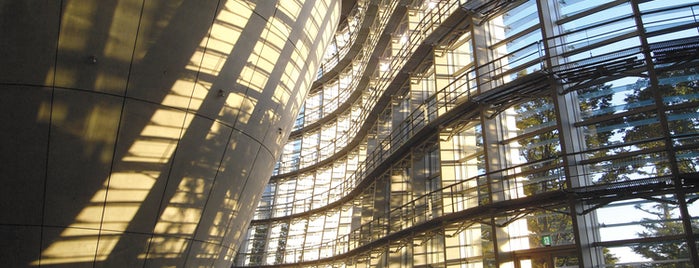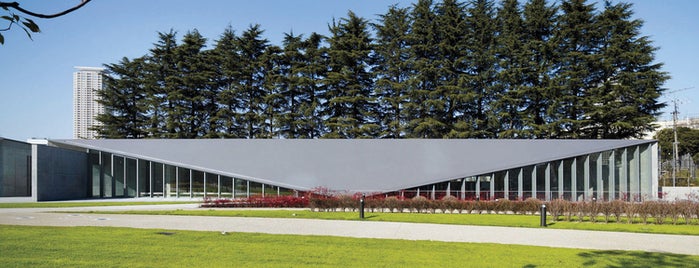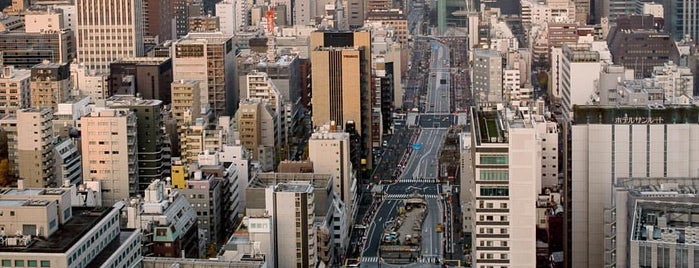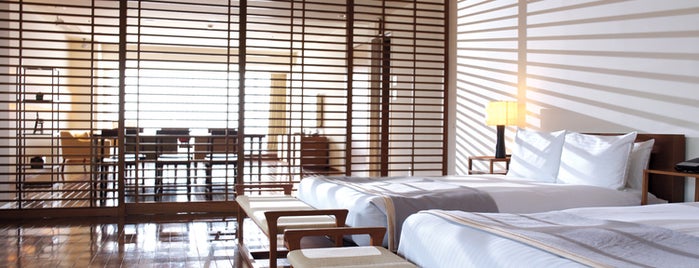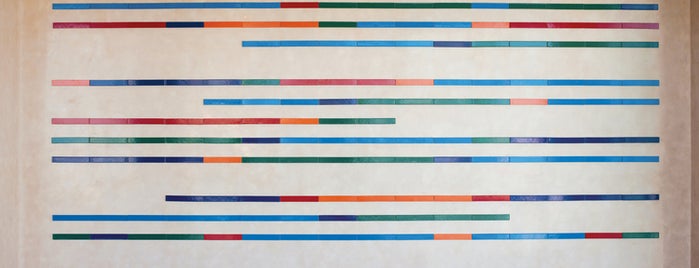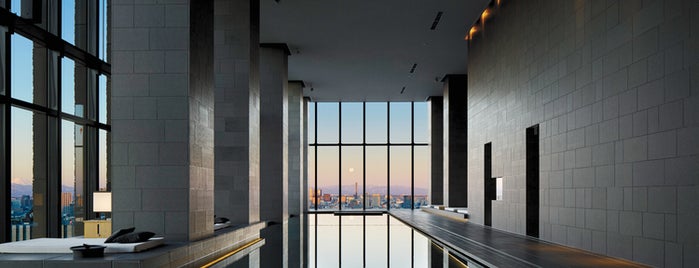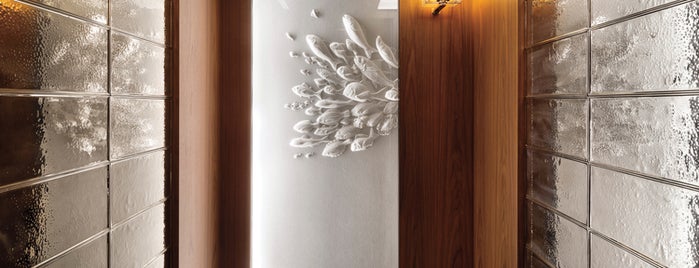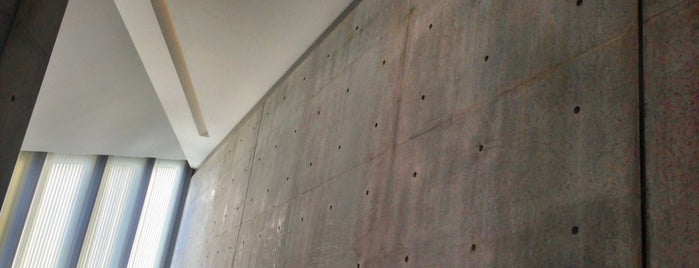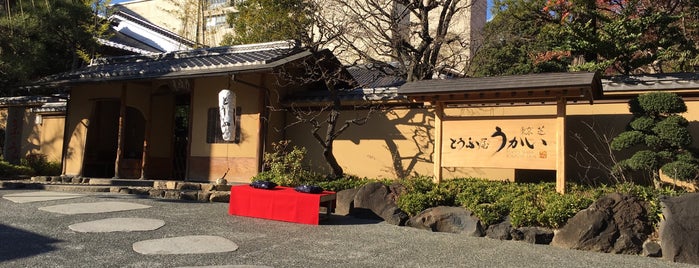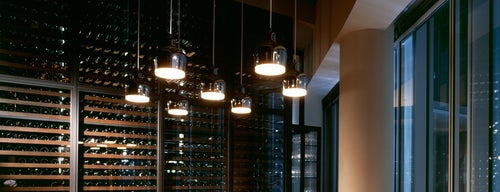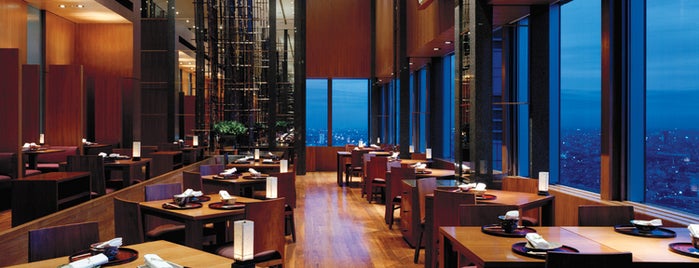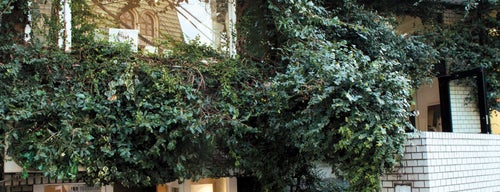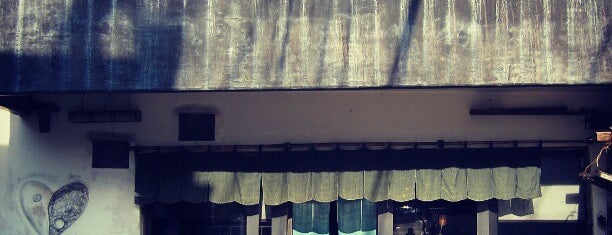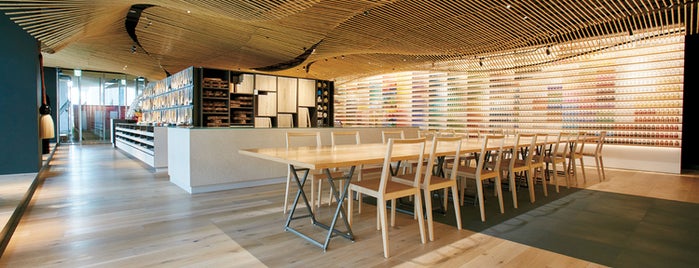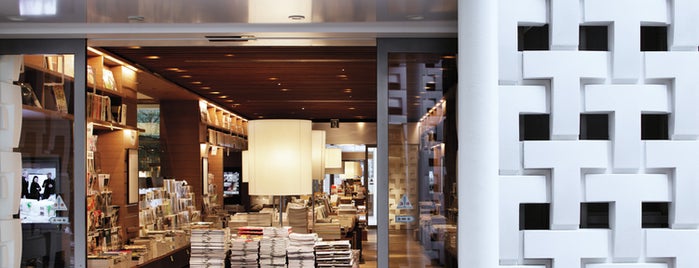![]() A 200-year-old public bath turned avant-garde gallery in Yanaka—a set of rickety lockers still graces the entrance—that’s played host to biennale bigwigs like Anish Kapoor and Jeppe Hein. Read more.
A 200-year-old public bath turned avant-garde gallery in Yanaka—a set of rickety lockers still graces the entrance—that’s played host to biennale bigwigs like Anish Kapoor and Jeppe Hein. Read more.
![]() Fresh from a recent makeover by Kengo Kuma, the architect designing the city’s National Stadium for the 2020 Summer Olympics, the Nezu Museum contrasts clean, modern exteriors with Asian antiques. Read more.
Fresh from a recent makeover by Kengo Kuma, the architect designing the city’s National Stadium for the 2020 Summer Olympics, the Nezu Museum contrasts clean, modern exteriors with Asian antiques. Read more.
![]() The Mori Museum, one third of Roppongi’s famed Art Triangle, is known for its funnel-shaped elevator designed by Richard Gluckman, and rotating photography, fashion, and architecture exhibits. Read more.
The Mori Museum, one third of Roppongi’s famed Art Triangle, is known for its funnel-shaped elevator designed by Richard Gluckman, and rotating photography, fashion, and architecture exhibits. Read more.
![]() With its curvy glass facade and a staggering 150,000 square feet of installation space, the National Art Center is the largest of its kind in Japan. Read more.
With its curvy glass facade and a staggering 150,000 square feet of installation space, the National Art Center is the largest of its kind in Japan. Read more.
![]() Fashion icon Issey Miyake is the founder of this experimental design think tank with a sloping, steel-plated roof designed by Tadao Ando, inspired by Miyake’s “piece of cloth” sartorial philosophy. Read more.
Fashion icon Issey Miyake is the founder of this experimental design think tank with a sloping, steel-plated roof designed by Tadao Ando, inspired by Miyake’s “piece of cloth” sartorial philosophy. Read more.
![]() Spanning 10 floors of a Shiodome skyscraper, Park Hotel Tokyo is home to 18 “Artist Rooms”—suites with hand-painted murals by popular Japanese artists. Read more.
Spanning 10 floors of a Shiodome skyscraper, Park Hotel Tokyo is home to 18 “Artist Rooms”—suites with hand-painted murals by popular Japanese artists. Read more.
![]() Four distinct themes, including one filled with framed wildflowers, shape the 21 rooms at Claska, created by furniture and home-appliance craftsman Tei Shuwa. Read more.
Four distinct themes, including one filled with framed wildflowers, shape the 21 rooms at Claska, created by furniture and home-appliance craftsman Tei Shuwa. Read more.
![]() Matcha green carpets and vibrant fabric panels by Marimekko’s Masaru Suzuki accentuate the 137 rooms, a modern juxtaposition to Sensoji, the city’s oldest temple complex, across the street. Read more.
Matcha green carpets and vibrant fabric panels by Marimekko’s Masaru Suzuki accentuate the 137 rooms, a modern juxtaposition to Sensoji, the city’s oldest temple complex, across the street. Read more.
![]() With inimitable Imperial Palace views, Aman Tokyo, the brand’s first city property, offers dramatic natural flourishes in the form of rock gardens and a stunning reception desk. Read more.
With inimitable Imperial Palace views, Aman Tokyo, the brand’s first city property, offers dramatic natural flourishes in the form of rock gardens and a stunning reception desk. Read more.
![]() One of the latest additions to the jagged cityscape is Toranomon’s Andaz Tokyo, the combined vision of Taiwanese-American designer Tony Chi and local mastermind Shinichiro Ogata. Read more.
One of the latest additions to the jagged cityscape is Toranomon’s Andaz Tokyo, the combined vision of Taiwanese-American designer Tony Chi and local mastermind Shinichiro Ogata. Read more.
![]() The Tadao Ando–designed structure—it’s virtually identical to 21_21 Design Sight, which sits next door—gives an unexpected sleek aesthetic to the organic Italian trattoria. Read more.
The Tadao Ando–designed structure—it’s virtually identical to 21_21 Design Sight, which sits next door—gives an unexpected sleek aesthetic to the organic Italian trattoria. Read more.
![]() Tender tofu dishes, served in stackable lacquer boxes, take center stage at Shiba Tofuya Ukai, a collection of 55 tatami-clad dining rooms in a centuries-old sake brewery. Read more.
Tender tofu dishes, served in stackable lacquer boxes, take center stage at Shiba Tofuya Ukai, a collection of 55 tatami-clad dining rooms in a centuries-old sake brewery. Read more.
![]() Yakumo Saryo is the creation of the Andaz hotel designer Shinichiro Ogata. The teahouse and restaurant are a Zen minimalist’s nirvana, awash in stone, wood, and natural light. Read more.
Yakumo Saryo is the creation of the Andaz hotel designer Shinichiro Ogata. The teahouse and restaurant are a Zen minimalist’s nirvana, awash in stone, wood, and natural light. Read more.
![]() The futuristic AO towers are the setting for Two Rooms, where black granite counters and custom artwork by Masashi Ozawa outfit two spaces connected by a water-terraced bridge. Read more.
The futuristic AO towers are the setting for Two Rooms, where black granite counters and custom artwork by Masashi Ozawa outfit two spaces connected by a water-terraced bridge. Read more.
![]() On the 40th floor of Shinjuku’s legendary Park Hyatt hotel, Kozue is a stylish sake and kaiseki bar, wreathed by dramatic floor-to-ceiling windows that offer glimpses of the cone-shaped Mount Fuji. Read more.
On the 40th floor of Shinjuku’s legendary Park Hyatt hotel, Kozue is a stylish sake and kaiseki bar, wreathed by dramatic floor-to-ceiling windows that offer glimpses of the cone-shaped Mount Fuji. Read more.
![]() A residential vibe infuses a converted split-level Omotesando home, complete with a bedroom, kitchen, and even a garage that doubles as a pop-up boutique. Read more.
A residential vibe infuses a converted split-level Omotesando home, complete with a bedroom, kitchen, and even a garage that doubles as a pop-up boutique. Read more.
![]() A wanderlust-themed stationery shop housed in a former paper processing plant in sleepy Nakameguro; your haul might consist of retro bumper stickers and notebooks splattered with vintage airline ads. Read more.
A wanderlust-themed stationery shop housed in a former paper processing plant in sleepy Nakameguro; your haul might consist of retro bumper stickers and notebooks splattered with vintage airline ads. Read more.
![]() Unisex jackets and tees get the aizome (or indigo-dye) treatment, using an all-natural technique that finds its roots in the 10th century; the rustic ceiling is studded with seashells and driftwood. Read more.
Unisex jackets and tees get the aizome (or indigo-dye) treatment, using an all-natural technique that finds its roots in the 10th century; the rustic ceiling is studded with seashells and driftwood. Read more.
![]() A succession of wavy bamboo slats lines architect Kengo Kuma’s Pigment, a traditional art supply store in Shinagawa teeming with over 4,000 paint vials and rare animal-hair brushes. Read more.
A succession of wavy bamboo slats lines architect Kengo Kuma’s Pigment, a traditional art supply store in Shinagawa teeming with over 4,000 paint vials and rare animal-hair brushes. Read more.
![]() Channeling a library in the woods, Tsutaya, part of a trio of interlocking buildings with latticed front, is a shrine to the analog age. Read more.
Channeling a library in the woods, Tsutaya, part of a trio of interlocking buildings with latticed front, is a shrine to the analog age. Read more.

